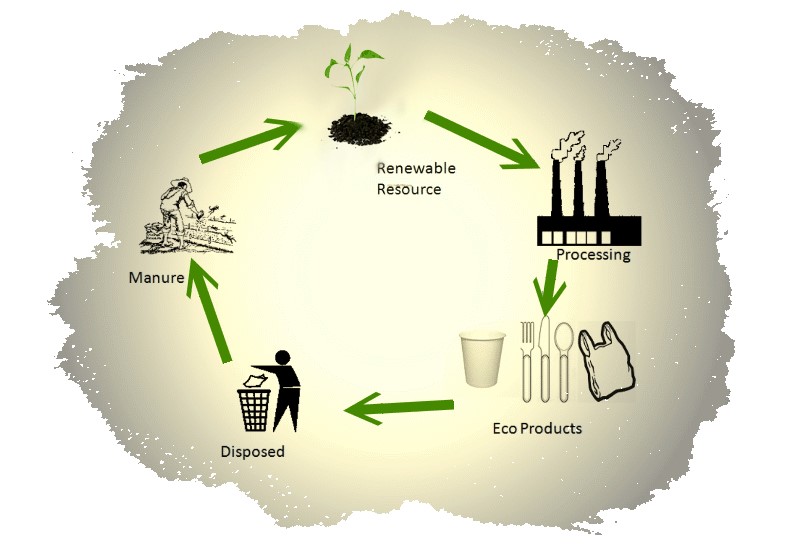Introduction:
The ubiquity of smartphones in our daily lives is undeniable. These handheld devices have revolutionized the way we communicate, work, and play, but they also come with a significant environmental cost. From resource-intensive manufacturing to electronic waste, the impact of smartphones on the planet is substantial. In response to these concerns, manufacturers have been making efforts to produce more sustainable and eco-friendly smartphones. In this blog post, we’ll delve into the innovative materials and manufacturing processes behind these devices, and how they contribute to a greener future.
The Environmental Challenge:
Before we explore the solutions, let’s first understand the magnitude of the environmental challenge posed by conventional smartphone manufacturing. Smartphones are composed of numerous components, many of which rely on rare and precious materials. The extraction and processing of these materials often lead to environmental degradation and human rights violations. Additionally, the rapid turnover of smartphone models contributes to a growing mountain of electronic waste, which poses a grave environmental threat.
Eco-Friendly Materials:
One of the first steps towards sustainable smartphones is the use of eco-friendly materials. Manufacturers are increasingly opting for recycled and responsibly sourced materials. For instance, recycled aluminum and plastic are being used to construct phone casings, reducing the demand for virgin resources. Furthermore, responsibly sourced minerals, such as conflict-free minerals for circuit boards, help eliminate human rights abuses associated with resource extraction.
Biodegradable Components:
In the pursuit of sustainability, manufacturers are exploring biodegradable components for smartphones. Bioplastics and biodegradable polymers are being integrated into phone bodies, reducing the longevity of plastic waste in landfills. These components break down naturally, lessening the burden on our environment.
Efficient Manufacturing Processes:
The manufacturing process itself plays a significant role in the environmental footprint of smartphones. Manufacturers are investing in more efficient, low-impact production techniques. This includes the use of renewable energy sources, reduced water consumption, and streamlined supply chains. Such initiatives not only reduce the carbon footprint but also lower the environmental impact of production facilities.
Extended Lifespan:
One key aspect of sustainability is extending the lifespan of smartphones. Rather than pushing consumers to upgrade to new models every year, manufacturers are designing phones that can withstand longer periods of use. This not only reduces electronic waste but also saves consumers money in the long run.
Modular Design:
Modular smartphones have emerged as an innovative solution. These phones are designed with components that can be easily replaced and upgraded, reducing the need to replace the entire device when one part becomes obsolete. This approach not only extends the lifespan of smartphones but also reduces electronic waste significantly.
E-Waste Management:
Responsible e-waste management is an integral part of the sustainability equation. Smartphone manufacturers are taking steps to ensure that their products can be easily recycled. They are also providing recycling programs for old devices, encouraging consumers to dispose of their phones in an environmentally friendly manner.
Consumer Awareness:
While smartphone manufacturers are making strides in producing eco-friendly devices, consumer awareness and behavior play a critical role. Educating consumers about the environmental impact of their smartphones and the importance of recycling and responsible disposal is essential. The choices consumers make can influence the direction of the industry.
The Role of Regulations:
Government regulations and policies also play a vital role in promoting eco-friendly smartphones. Many countries are implementing rules that restrict the use of hazardous materials in electronic devices and encourage manufacturers to adopt sustainable practices. These regulations act as a catalyst for change within the industry.
Conclusion:
Sustainable and eco-friendly smartphones are not just a dream but a rapidly evolving reality. The industry is making strides toward more responsible manufacturing processes, eco-friendly materials, and consumer awareness. As consumers, we also hold the power to influence this change by choosing products that align with our environmental values and responsibly disposing of our old devices. By doing so, we can collectively work towards a greener and more sustainable future for our beloved gadgets.



